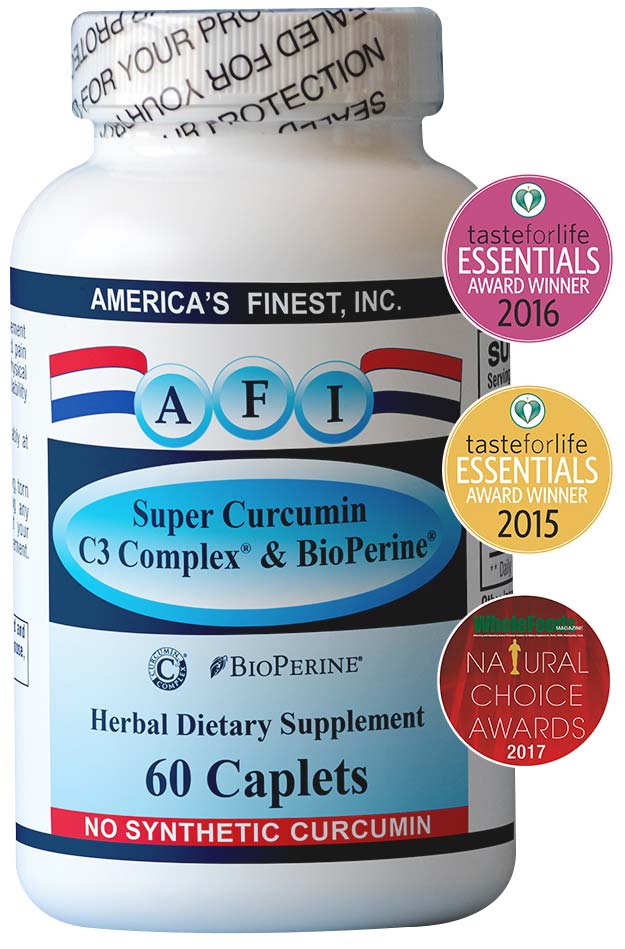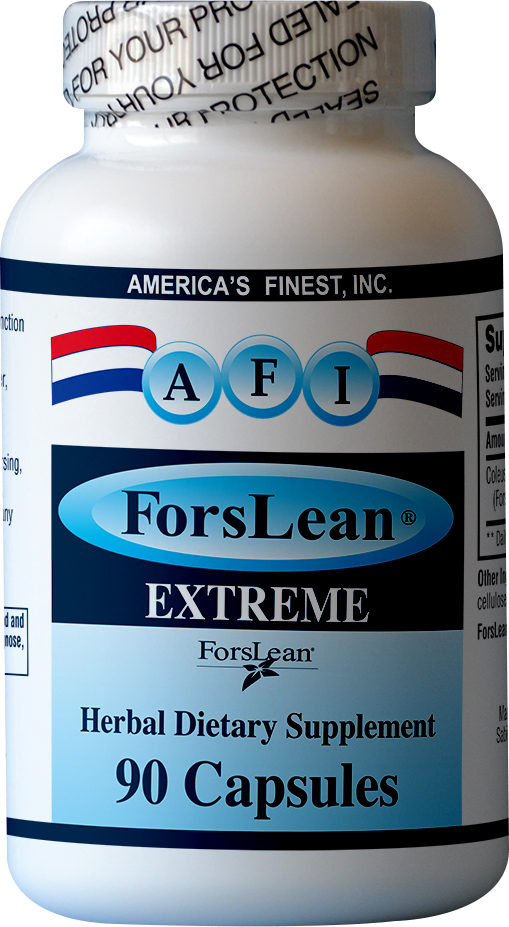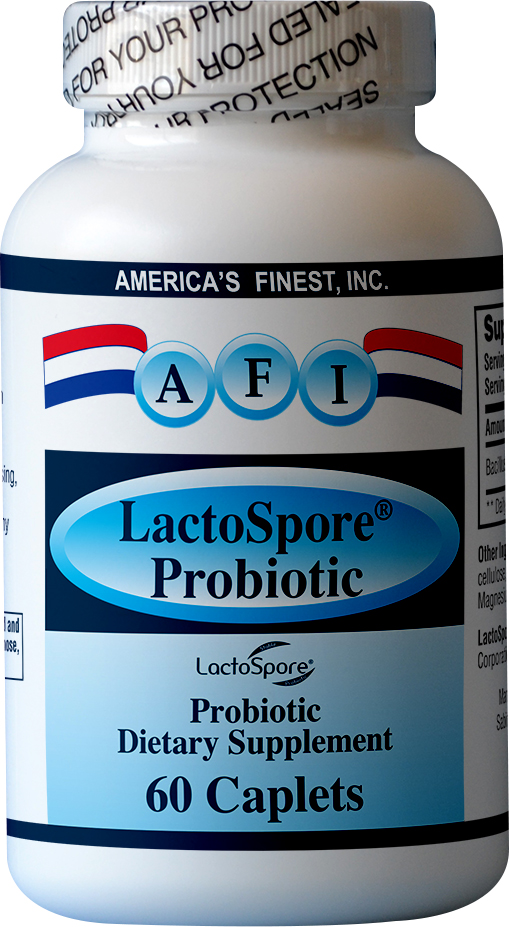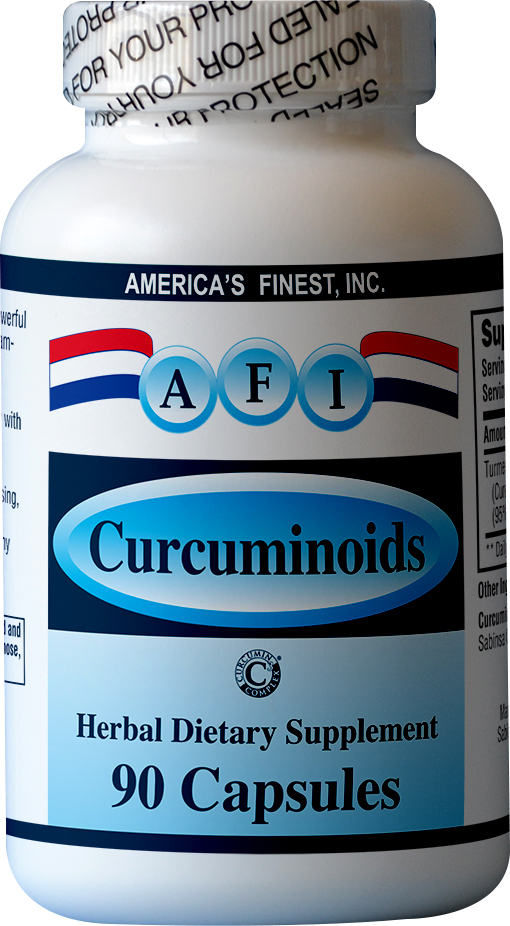Maintaining Intestinal Health With The Use of Probiotics
What is LactoSpore?
- LactoSpore is a superior probiotic, which is room-temperature stable and does not require refrigeration
- Sabinsa’s LactoSpore is a spore of probiotic bacterium, Bacillus coagulans formerly known as Lactobacillus sporogenes
- Sabinsa’s LactoSpore is Generally Recognized As Safe (GRAS)
What is probiotics?
- Probiotics are live microorganisms, which, when administered in adequate amounts, confer a health benefit on the host. (Guidelines for the Evaluation of Probiotics in Food, FAO/WHO)
- Probiotics support the immune system, digestive system and general health
What live organisms are in probiotics?
- Non-pathogenic or “good” bacteria
- Probiotic microbes are assessed by the selection criteria of Guidelines for the Evaluation of Probiotics in Food (FAO/WHO, 2002)
What are the base requirements for good bacteria as functional probiotics?
- Identification at strain level of the microorganism by the most current methodology including a combination of phenotypic and genetic tests
- Strains must be deposited in an internationally recognized culture collection
- in vitro tests to detect physiological and functional health potentials of the strain
- In vivo trials to confirm efficacy in humans and animals
Does LactoSpore satisfy these base requirements?
- Yes,LactoSpore meets base requirements of probiotics for food and it is superior to other probiotics:
- The strain of Bacillus coagulans is characterized by an external research laboratory: phenotypically and genetically
- The strain of Bacillus coagulans has 99.5% of homology with Bacillus coagulans ATCC 7050 (The American Type Culture Collection serves as a worldwide repository and distribution center for cultures of standard reference microorganisms)
- In vivo studies revealed probiotic properties of Bacillus coagulans, such as resistant spore to adverse environment, adherence capacity to intestinal mucosa, inhibitory activity against harmful bacteria and resistance to harsh conditions of manufacturing processes<\li>
- Oral administration of Bacillus coagulans improved daily weight gain and mortality in chickens and piglets and inhibited vancomycin-resistant enterococci colonization in mice
- In humans, a preparation of Bacllus coagulans alleviated clinical symptoms of a variety of health conditions including chronic and acute catarrhal enteritis, diarrhea, constipation, abnormal intestinal fermentation, dyspepsia infantum, neonatal diarrhea, lactose intolerance, non-specific vaginitis and urinary tract infections
Why is LactoSpore superior to other probiotics?
- Bacillus coagulans is the only spore-forming probiotic. Spore-forming gram- positive bacteria including Bacillus coagulans form a spore, a temporary non-reproductive structure, which consists of the entire hereditary information enveloped by a resistant outer coating. Spores can survive without nutrients and they are extremely resistant to adverse factors, such as ultraviolet radiation, desiccation, high temperature, freezing and chemicals. Spores can survive for extended periods because of resistance. They reactivate to the vegetative form when the environment is favorable
- Therefore, LactoSpore
- Maintains viability during preparation and storage until consumption
- Keeps viability during the manufacturing process
- Survives the acidity of stomach and bile acids and digestive enzymes
- Germinates in the intestine, which is favorable for Bacillus coagulans spore reactivation
Does the vegetative form inhabit in the intestine?
- No, the vegetative form of Bacillus coagulans is transient. In other words, the bacterium does not inhabit the intestine permanently.
How long does the bacterium stay at the intestine?
- It is dose-dependent. Healthy adults who were administered 2.5g of probiotics containing 108 spores of Bacillus coagulans per gram daily for 10 days were free of the bacterium at the 6th day after the treatment was discontinued (Hashimo, K. et al (1964) New Drugs and Clinics 13 (9): 53-66
What are the probiotic functionalities of the vegetative form of Bacillus coagulans?
- Restricts the growth of harmful microbes competing for nutrients and environment in the gut
- Generates the acidic microenvironment that is harmful for manypathogenic or “bad” microbes by fermenting polysaccharides
- Produces bacteriocin-like substances
- Produces L(+) lactic acid only
- Helps lactose-intolerance
- Promotes the innate and adaptive immunity
- Alleviates digestive discomforts
- Supports the liver
- Prevents colonic dysbacteriosis that is caused by antibiotic therapy, surgery, chemo or radiation therapies and unhealthy diets
What are health conditions and clinical symptoms that LactoSpore may help?
LactoSpore primarily promotes the healthy digestive tract. Therefore, LactoSpore relieves and complements therapies of conditions:
- Diarrhea*
- Dysbacteriosis*
- Lactose intolerance*
- Digestive discomfort (flatulence, indigestion, cramps, heart burn, bloating and stomach pain)*
- Gastrointestinal infections*
- Constipation*
- Acute and chronic gastroenteritis*
- Inflammatory disorders of the intestine: Inflammatory bowel disease (IBD) and Irritable bowel syndrome (IBS)*
- Immunodeficiency*
Is LactoSpore safe?
- Yes, Bacillus coagulans is non-pathogenic and is temporarily resident in the gut
- No report data on side effects and toxicity
Is LactoSpore GMO?
- No, LactoSpore is not genetically-modified organism
What about BSE/TSE status?
- LactoSpore is BSE/TSE free
What about Kosher and Halal certifications?
- Sabinsa’s ingredients are Kosher- and Halal-certified
What about gluten and wheat?
- LactoSpore is gluten-free and wheat-free
Is LactoSpore an ODI (Old Dietary Ingredient)?
- Yes, LactoSpore is an Old Dietary Ingredient
- LactoSpore can therefore be marketed immediately, without the need for pre-market NDI notification
What is the suggested daily dose?
- The suggested dose is 100-200 million organisms per dose-3 times daily
- It is in powder form
What are suggested available forms of delivery?
- LactoSpore can be prepared in forms of tablets, capsules, chewable tablets, yogurts and functional foods.
How many spores per gram are in Sabinsa’s LactoSpore?
- Sabinsa offers LactoSpore in 6 billion and 15 billion spores per gram
How is the viability of spores guaranteed?
- Samples of finished products are tested by identification tests,viable Bacillu coagulans spore count,lactic acid producing capacity,stability and contamination
What is the shelf life of LactoSpore?
- Sabinsa’s LactoSpore does not require specific conditions for storage like other probiotics
- Bacillus coagulans spores are stable for a long time. The current LactoSpore has 2 years’ shelf life at room temperature (15oC to 25oC)
Is LactoSpore manufactured in a GMP facility?
- Sabinsa’s raw material manufacturing facilities (located in India) are operated according to cGMP
- These facilities are FDA-inspected
Where I can find more information on LactoSpore?
* These statements have not been evaluated by the Food and Drug Administration. These products are not meant to diagnose, treat, cure, mitigate or prevent any disease or medical condition.












